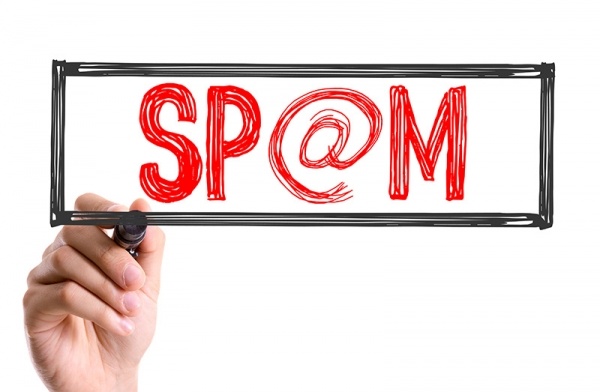Q: My inbox is overflowing with unwanted emails. Everyone wants to sell me something, or worse, steal from me! How can I take my inbox back from these spammers?
A: Spam is big business. According to web security firm, Norton, 72% of email messages are spam. That means for every three emails from people wanting to have a real conversation with you, there’s another seven that are from unwanted sources.
Most commonly, spam email is just a nuisance. It’s another buzz or ding that demands your attention while offering nothing in return. However, spam can be much more menacing than that. Some messages may include links to malicious websites, attachments containing viruses and other malware or fraudulent forms designed to steal your personal information. Reclaiming your inbox is about more than peace of mind; it’s about safety.
If you’re tired of seeing this build-up of messages, there are a few things you can do. Read on for four tips for cutting down the spam.
Use (and train) your filters
Every email service comes with some form of spam filter. Some of them are more effective than others. All of them, though, get better the more you use them.
It can be frustrating to go through the process of marking spam emails, but it’s worth it in the end. The more messages you mark, the better your filters get at weeding out messages like them. Your email service can learn what sort of emails you don’t want to read and catch them automatically.
If you’re concerned about missing something important in a spam folder, designate a time to look through it before deleting them. You don’t need to read every message, but you can look at subject lines and senders for anything that looks important. Best of all, you can do this on your terms, when you want to, and with the healthy degree of skepticism most internet messages deserve.
Read the fine print
There’s big business in collecting email addresses. Spammers pay big money for lists of emails, and many companies, even reputable ones, are too tempted by the easy payday to stick up for your right to privacy. Companies disclose their plans for your information, but they do so in dense documents written in nebulous legalese.
Unfortunately, if you’re trying to decide whether to do business with a company, you need to wade into that mess to look for a privacy policy. The privacy policy lists the parties and purposes for which the company will release your information. Be careful for phrases like “to our commercial partners” or “to notify you about special offers from.” These kinds of phrases mean that a company will probably be selling your email address to spammers.
Most of the time, companies will let you opt out of sharing your personal information. Although it may take some hunting, you can likely find a checkbox that revokes your authorization to share your personal information. If a company isn’t willing to take these steps to protect your privacy, consider carefully before doing business with them.
Don’t click unsubscribe
The unsubscribe button might be one of the worst lies in the email marketing industry. Marketers are required to include this button in their messages. They’re also required by the FCC to honor your request to unsubscribe from that list within 24 hours.
Of course, there’s no FCC requirement that they don’t sign you up for a dozen more lists. Worse yet, by clicking unsubscribe, you’ve confirmed your email address is linked to an actual person. You’ve increased the value of your address to potential spammers.
The best thing to do to spam is ignore it and let your email spam filter do its work. Even opening a message can send information back to the sender that the email was opened, which will prompt more spam. Just like the junk mail you get in paper, your best bet is to shred it unopened.
Get a phony
If you’re doing business on the internet with a company that doesn’t respect your privacy, there’s no reason to give them your real email address. There are several sites, like MailDrop or FakeMailGenerator, which will provide you with a temporary address. It’ll last as long as you have a browser open, so you can get confirmation messages. Once you’re done with the address, just close the window and the address goes away.
This can be a great hack if you’re looking to sign up for a free trial of a service. Giving the company a fake email address will let you try the service without the pressure of a constant stream of ads. You can decide on your own terms if the service is worth the cost.
How do you cut spam out of your email diet? Let us know your best tricks for sorting out those emails from those you actually want to read!
SOURCEShttp://www.komando.com/tips/343782/3-ways-to-cut-down-on-spam-email/all
https://support.office.com/en-us/article/10-tips-on-how-to-help-reduce-spam-55f756e8-688b-41c3-a086-8f68ccc592f6



